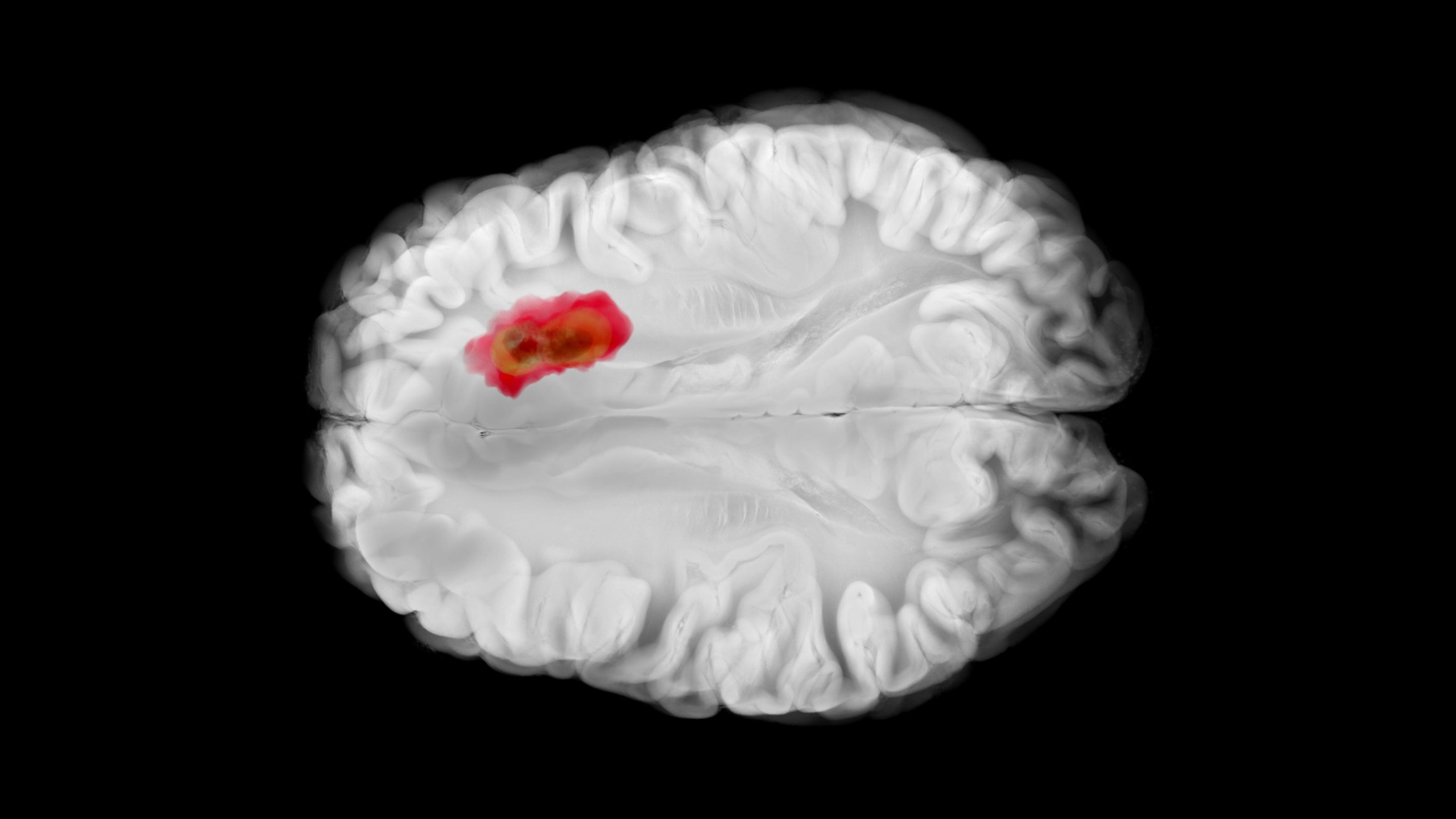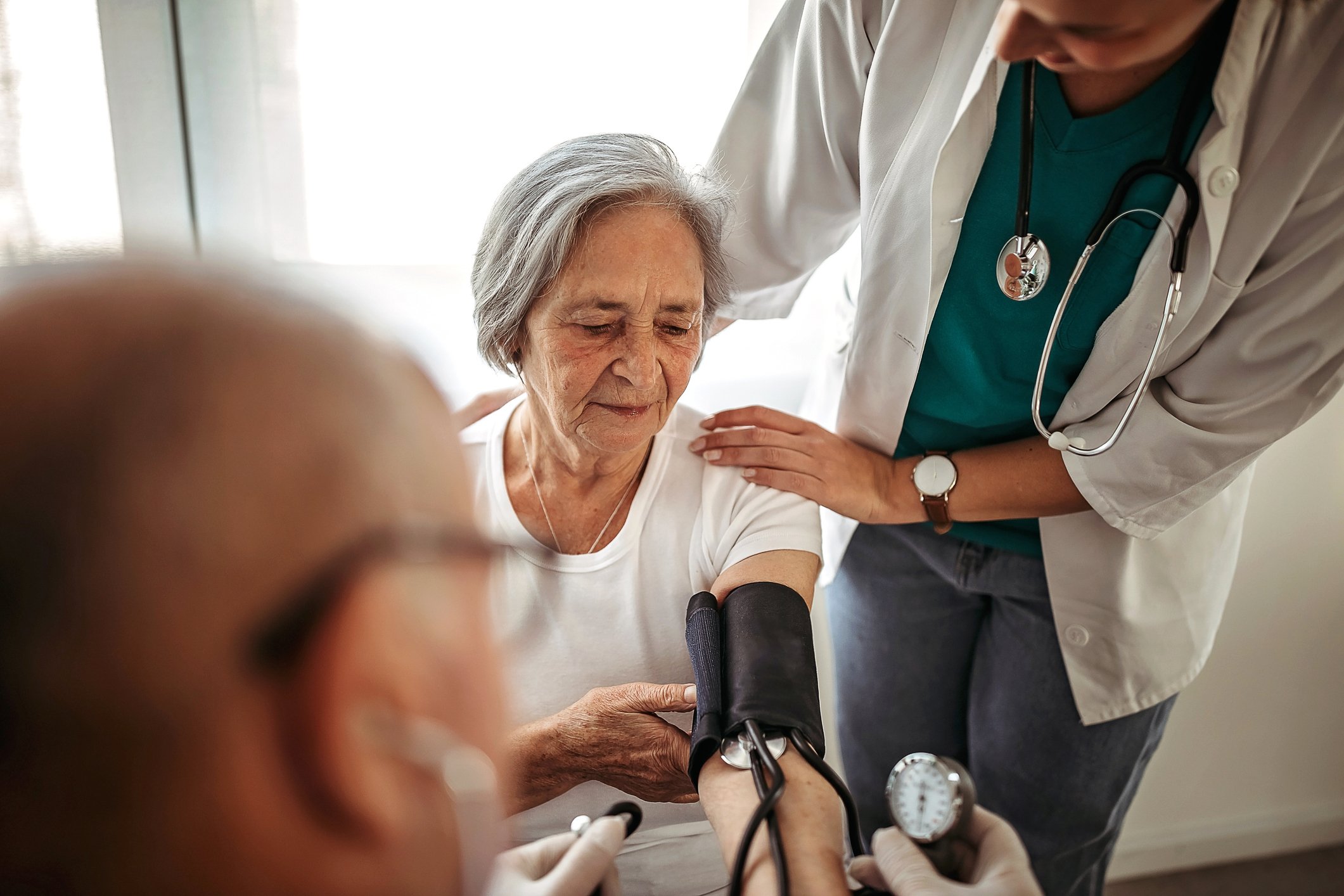While new lecture formats had to be established due to the Corona pandemic, substantial progress in research around cancer therapies remained constant, as evidenced by study results presented at EHA. In the area of breast cancer in particular, there were exciting new developments that could improve the prognosis of those affected and provide food for thought.
Approximately 15 to 20 percent of all patients with breast cancer have overexpression of the HER2 protein (Human Epidermal Growth Factor Receptor 2), which is associated with aggressive disease progression and poor prognosis. However, researchers have now found that 55-60% of HER2-negative patients do express low levels of HER2. Trastuzumab is a recombinant, humanized monoclonal antibody directed against the extracellular domain of HER2/neu on breast carcinoma cells. Due to its good efficacy, the IgG1 antibody is indicated in all stages of HER2-positive breast cancer. Progression-free survival (PFS) and overall survival may be extended in a clinically relevant manner.
Now, recent study results of different combinations with trastuzumab have been presented. For example, the antibody-drug conjugate (ADC) trastuzumab-deruxtecan (T-DXd) has demonstrated efficacy over standard chemotherapy in pretreated patients with unresectable and/or metastatic breast cancer with low HER2 expression (HER2-low) and hormone receptor-positive or -negative disease (HR+/-). In a phase III trial, 557 affected individuals randomized 2:1 to receive either T-DXd or chemotherapy of the investigator’s choice. The primary endpoint was PFS in HR+ HER2-low tumors, and secondary endpoints were PFS in the overall cohort and overall survival (OS). After a median follow-up of 18.4 months, the median PFS among those with HR+ HER2-low- breast cancer treated with T-DXd versus chemotherapy was 10.1 months vs. 5.4 months. Accordingly, the risk of disease progression or death was reduced by 49% compared with chemotherapy. The situation was similar in the overall population. For OS, study results were similar for the overall cohort (23.4 vs. 6.8 months) and HR-negative population (18.2 vs. 8.3 months). For the first time, a therapy targeting HER2 has shown a survival benefit in patients with low HER2 expression. This suggests that the way patients with metastatic breast cancer are categorized should be reconsidered.
Endocrine pretreated HR+/HER2- tumors.
The ADC sacituzumab govitecan (SG), which targets the overexpressed surface antigen Tro-2, is recommended in current treatment guidelines as the preferred treatment option for advanced or metastatic triple-negative breast carcinoma (mTNBC) starting in the second line of therapy. Now it has been compared to conventional chemotherapy in endocrine-pretreated patients with HR+/HER2-negative tumors, the most common subtype in metastatic breast cancer. All patients also had prior taxane and CDK4/6 inhibitor therapy. Median PFS was significantly prolonged at 5.5 months versus 4.0 months in the control arm after a median observation period of 10.2 months in the SG arm. This represents a 34% risk reduction for disease progression or death. In addition, the response rate was significantly higher in the ADC arm (52.6%) than in the comparator arm (16.3%) with a known toxicity profile. Only 6% of sufferers in the experimental arm versus 4% of the control group discontinued treatment due to treatment-associated adverse events of grade 3 or greater. Quality of life also deteriorated significantly more slowly under the influence of SG (4.0 months vs. 2.9 months).
Therapy in oligometastatic breast carcinoma
In oligometastatic breast carcinoma, we investigated whether targeted treatment of metastases with stereotactic radiation and/or surgical resection could provide additional benefit to those affected. Patients with up to four metastases (excluding brain metastases) and stable disease on ongoing systemic therapy were included regardless of breast carcinoma subtype. However, supplemental quality-assured treatment did not improve clinical outcome in terms of PFS and OS.
Congress: EHA 2022
InFo ONCOLOGY & HEMATOLOGY 2022; 10(4): 32.












